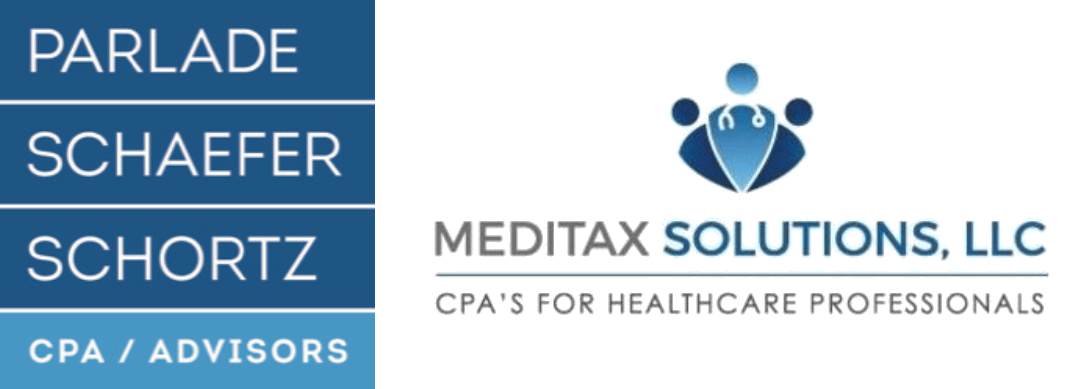Employee Bonuses and End of Year Planning
As we move into the latter part of the year, many business owners are once again grappling with questions around employee bonuses. Should we offer them this year? How much should we allocate? Should we be giving gifts versus cash bonuses, and what are the tax implications of each?
Employee bonuses can be a complicated issue, both from staff optics and tax planning perspectives.
The Pros and Cons of Offering Employee Bonuses
Let's start by looking at some of the pros and cons of offering employee bonuses. On the plus side, bonuses can be a great way to reward employees for a job well done and incentivize them to maintain or exceed current levels of performance. Bonuses can also help attract and retain top talent.
On the downside, bonuses can be a significant expense for business owners, particularly if they are not planned for in advance. They can also create feelings of envy and resentment among employees who feel they are not being fairly compensated relative to their peers.
When it comes to deciding whether or not to offer employee bonuses, there is no one-size-fits-all answer. The decision ultimately comes down to what makes sense for your business, both financially and culturally. If you do decide to offer bonuses, there are a few key things you'll need to keep in mind.
Tax Implications of Employee Bonuses
One of the most important considerations when it comes to employee bonuses is taxes. Bonuses are considered taxable income, which means you'll need to withhold federal, state, and local taxes from each bonus payment you make. You'll also need to pay payroll taxes on bonus payments (e.g., Social Security and Medicare taxes). To avoid any surprises come tax time, be sure to factor in the cost of taxes when budgeting for employee bonuses.
Creative Bonus Structures that Maximize Impact
If you do decide to offer employee bonuses this year, there are a number of creative bonus structures you may want to consider adopting. For example, rather than giving each employee an equal bonus amount, you could tie bonus amounts to specific individual or team performance goals. This approach ensures that employees who go above and beyond are appropriately rewarded while also helping to motivate all employees to perform at their best. Another option is to give employees the opportunity to earn rewards through an "employee recognition program." Under this type of program, employees can earn points (or "dollars") for completing specific tasks or reaching certain milestones throughout the year. These points can then be redeemed for prizes such as gift cards or extra paid time off. Not only does this type of program help boost morale and motivation; it's also relatively inexpensive and easy to administer.
Bonus types to consider include cash and/or gift cards. Cash can be included with the employee’s regular pay and taxed as regular income. You can issue a separate payment via check with would be taxed as supplemental income. Gift cards are considered a form of cash. These need to run through payroll.
As always - reach out to us with questions or concerns about your year end situation. We’re here to help!






